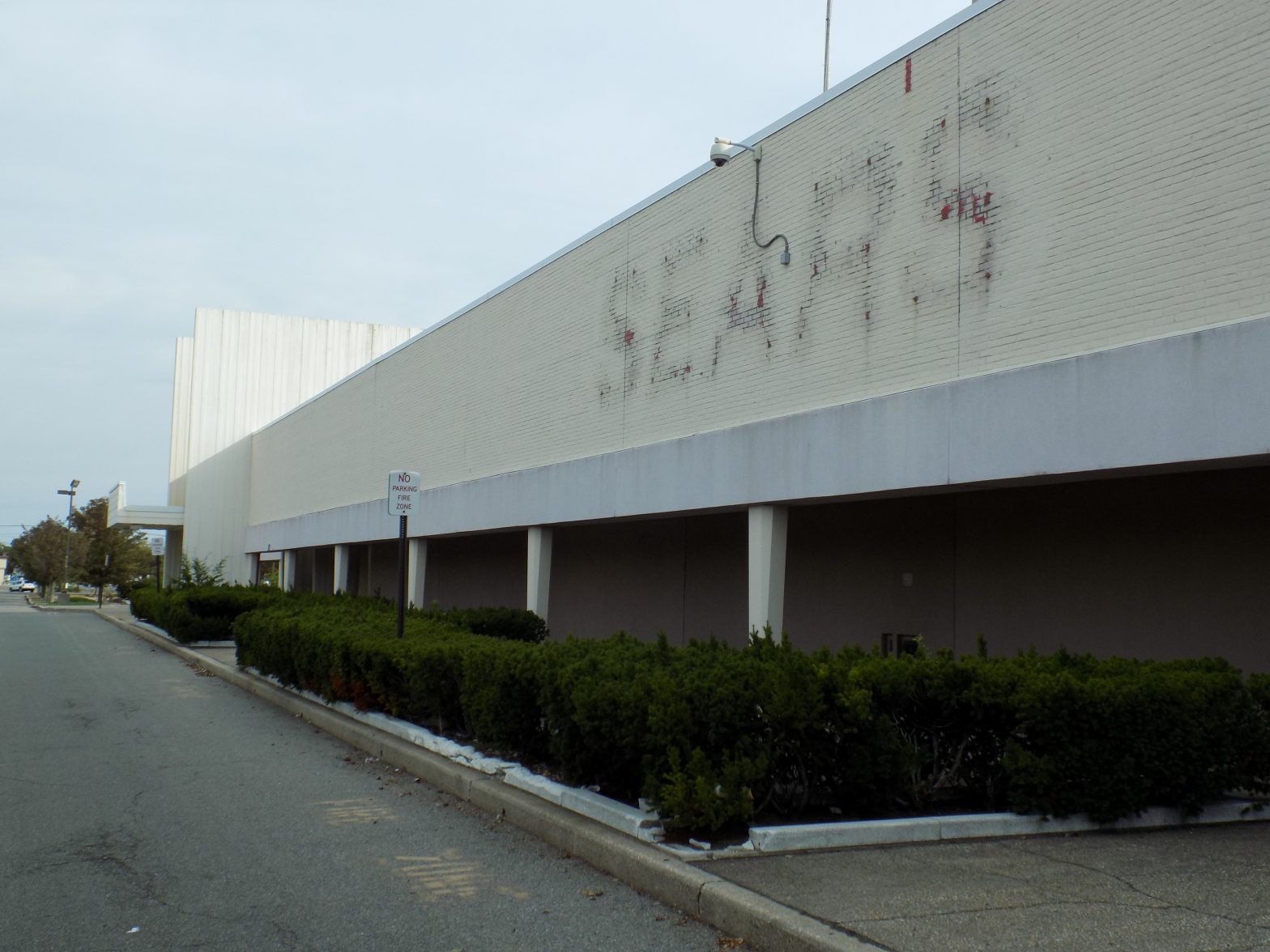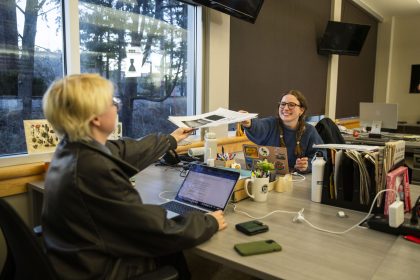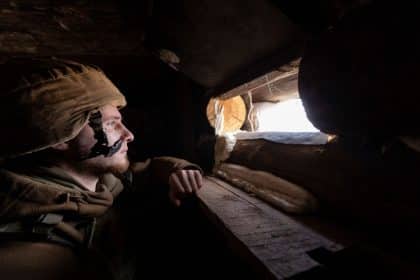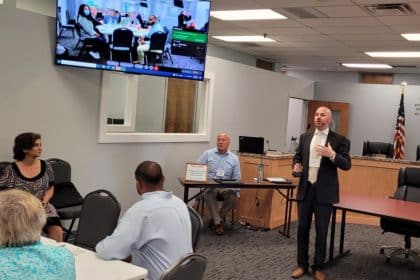Innovation, New Technology Needed for Post-COVID Economy

If anything positive can be said to have come out of the COVID-19 pandemic, it’s that the months-long viral siege has shed new light on the need for innovation and creativity when it comes to business and workforce development.
At least that was the consensus last week at a Large Urban County and Rural Action Caucus Symposium sponsored by the National Association of Counties.
On Thursday, county officials discussed ways to “future-proof” local economies at a time of rising costs and rapidly expended revenues due to the stubbornly persistent COVID-19 pandemic.
For John O’Grady, a county commissioner in Franklin County, Ohio, the most sensible way forward includes bolstering small businesses.
These businesses, he said, “are crucial to every community and we believe that they truly are the backbone of the economy.”
Since the onset of the pandemic, O’Grady and other Franklin County officials have created a number of programs to aid more than 900 small businesses in their community.
Among other steps the county took was to use recovery and safety grants to allow businesses to reopen safety.
The county also collaborated with the city of Columbus, Ohio, to create the Columbus-Franklin County COVID-19 Small Business Response and Recovery Fund.
The initiative involved partners across the local small business landscape, including a coalition of Neighborhood Referral Partners, local Entrepreneur Support Organizations and Technical Assistance Providers, funders, execution partners, and leaders from the City of Columbus and Franklin County.
The fund includes three types of relief:
- Financial Relief – To provide financial assistance to existing small businesses including enterprises operating in Low and Moderate Income areas of the City of Columbus, in the form of grants and loans, with the goal of job retention. For businesses outside the City of Columbus but within the balance of Franklin County, all Low and Moderate Income business owners are eligible;
- Personal Protective Equipment (PPE) Procurement Assistance – To provide financial support to assist existing small businesses in securing PPEs and/or making necessary COVID-19 health/safety improvements required to re-open their businesses in the City of Columbus. This criteria is the same for businesses outside the City of Columbus but within the balance of Franklin County.
- Training and Technical Assistance – Provide pre- and post-application training and technical support to grant/loan applicants and recipients, of existing small businesses, seeking to maintain operations and retain existing and potentially add new employees in the City of Columbus; and to track program metrics.
This response was enabled by collaboration across partners already occurring through the work of the Columbus Small Business Agenda – a city-led effort to drive a more coordinated, connected, and inclusive small business ecosystem.
Meanwhile, in Wise County, Texas, officials have long focused on diversifying the economy by establishing a tax increment refinance zone that revitalized a downtown main street area.
To supply employees for these new businesses, the county partnered with a local college to offer new programs for workforce development training.
“The business development has followed,” said Judge J.D. Clark.
But when the pandemic started last winter, Wise County officials established programs similar to those in Franklin County and launched the Wise Recovery Program to provide funding to small businesses that were forced to shut down.
“It comes down to communication and trying to understand what the businesses need,” Clark said.
Shawn DuBravac, an author and futurist, said when it comes to future-proofing local economies, it is necessary to provide the skill set for resilient jobs and source workers from local areas.
“I think that becomes the key piece of it— building some of that resiliency in recognizing that even as we come through the pandemic, things will inevitably be different,” he said.
Officials said the pandemic has also caused them to prioritize the deployment of broadband coverage to rural and urban communities that are currently underserved.
“We also were able to shine a spotlight on the fact that digital divides exist everywhere, it’s not just a far-flung rural problem, but you can have barriers to internet access even in the dense urban areas,” Clark said.
County News contributed to this report.























